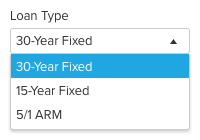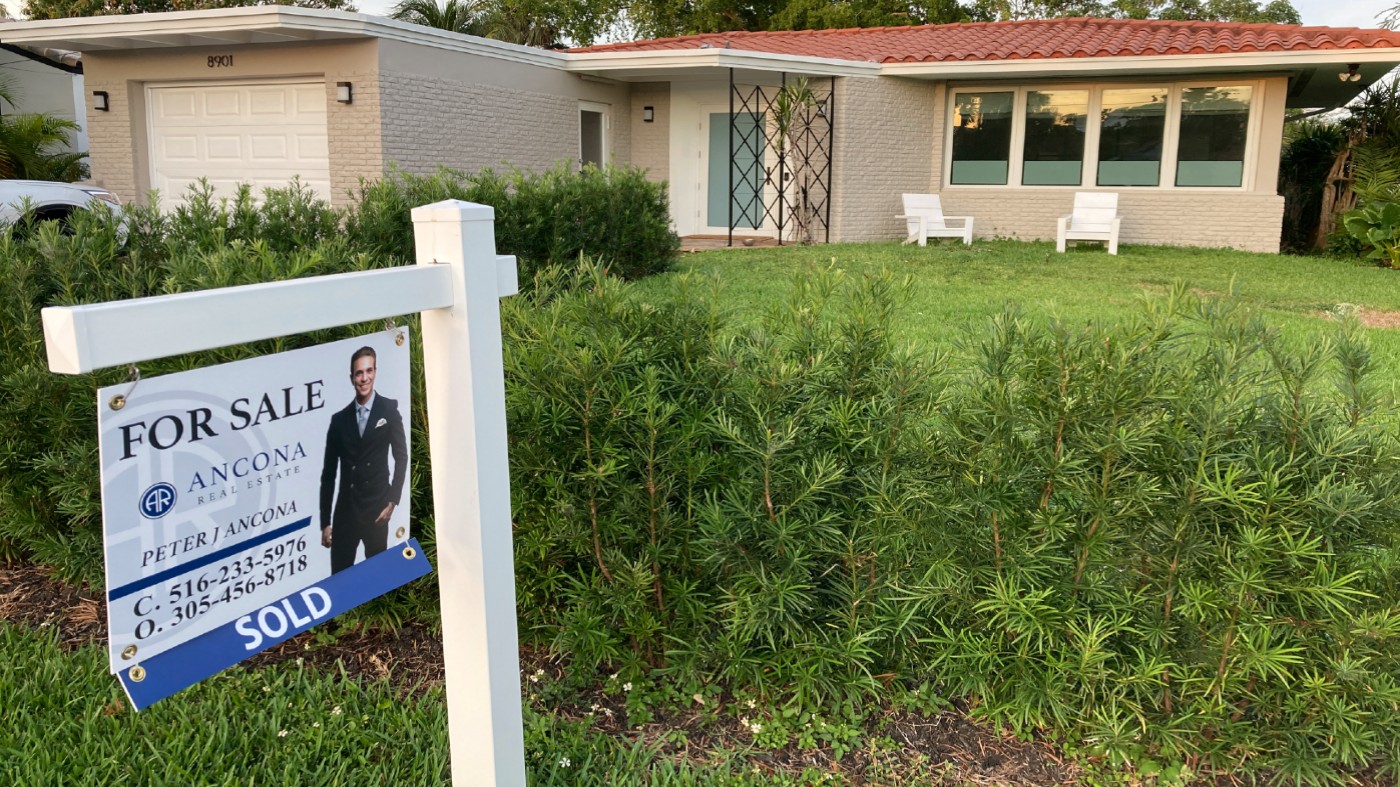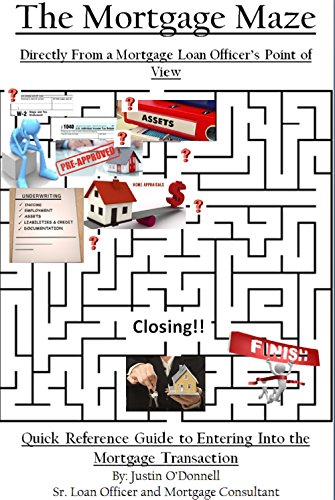
This article covers the topic of how is PMI calculated, including what LTV ratios are, monthly premiums, and LTV ratios. You can also learn about Piggyback mortgages. This is a crucial topic for home buyers. It's important to know your LTV ratio to avoid being overcharged by your lender.
Lender-paid insurance for mortgages (LPMI)
PMI is a type of mortgage insurance that protects lenders from default. The borrower pays a monthly fee that is added to the mortgage payment. The insurance coverage covers the loan's life, but the borrower can cancel it if they reach 20% equity.
LPMI may not be the best option for everyone. It can increase monthly payments, but it can lower them over time. The mortgage rate is adjusted by the lender to cover insurance costs. A higher interest rate will result in a higher monthly cost. LPMI might not be the best option if your monthly payments are too high. It's important to have adequate credit to qualify for it.
Piggyback mortgage
You should think about how PMI affects your monthly payments when applying for a mortgage. To be eligible for PMI, your loan-to-value (LTV) must be above 80%. To get PMI removed, your LTV should be higher than 80%.

PMI can be avoided entirely by making a 20% down payment. This means that you must put down at least $50,000 to purchase a home worth $250,000. If you have less money to put down, you can also opt for a piggyback mortgage - a second mortgage loan that finances the remaining 80 percent of the loan balance. These loans have higher interest rates than traditional mortgages.
Monthly premiums
A PMI policy covers the borrower's mortgage against any loss. There are two options for purchasing PMI: a borrower-paid, monthly plan or a lender-paid one. The borrowerpaid plan is most common. This plan requires a single premium to be paid up front, with the remainder being paid monthly. The lender-paid plan, on the other hand, usually requires a higher interest rate and mortgage origination fee.
After closing the mortgage, the borrower will pay monthly premiums to PMI. These premiums cannot be refunded, even if the homeowner moves. Some lenders roll PMI into the monthly mortgage payment, so you don't need to make a separate payment. Other lenders allow you to pay the premium in advance, with the remaining amount due monthly.
LTV ratios
LTV ratios allow you to compare the loan amount and your home's value. These ratios are used to assess your eligibility for a loan. LTV can help you get a competitive home loan.
For conventional loans with a 20 percent down payment, you may need to pay private mortgage insurance (PMI) to protect the lender against loss. These policies usually cost 0.5% to 1 percent of the loan amount each year and are payable until the LTV ratio drops below 78%. This could add $104 to $208 monthly for a $250,000 loan.

Credit score
There are a few factors that go into how PMI is calculated. There are three factors that impact how PMI is calculated: the FICO credit score of the borrower and the loan-to–value ratio. Although these factors are complex, they're easy to understand. A higher LTV is generally associated with a higher PMI premium.
For larger mortgages, PMI is more costly. Those with higher credit scores may want to consider a loan with a lower percent PMI. They can also ask for a certain amount of PMI, or ask the lender to calculate a specific percentage for them. Also, the property's current value should be taken into account when calculating PMI. This information can be obtained from a recent appraisal. You can also estimate it by determining the price of the house and current mortgage balance. To determine the true value, subtract the down payment.
FAQ
How do I eliminate termites and other pests?
Over time, termites and other pests can take over your home. They can cause severe damage to wooden structures, such as decks and furniture. You can prevent this by hiring a professional pest control company that will inspect your home on a regular basis.
Is it possible for a house to be sold quickly?
It may be possible to quickly sell your house if you are moving out of your current home in the next few months. You should be aware of some things before you make this move. First, you must find a buyer and make a contract. Second, prepare your property for sale. Third, it is important to market your property. Finally, you need to accept offers made to you.
What should I do before I purchase a house in my area?
It depends on how much time you intend to stay there. You should start saving now if you plan to stay at least five years. You don't have too much to worry about if you plan on moving in the next two years.
What are the benefits associated with a fixed mortgage rate?
A fixed-rate mortgage locks in your interest rate for the term of the loan. This guarantees that your interest rate will not rise. Fixed-rate loan payments have lower interest rates because they are fixed for a certain term.
Statistics
- 10 years ago, homeownership was nearly 70%. (fortunebuilders.com)
- Private mortgage insurance may be required for conventional loans when the borrower puts less than 20% down.4 FHA loans are mortgage loans issued by private lenders and backed by the federal government. (investopedia.com)
- Some experts hypothesize that rates will hit five percent by the second half of 2018, but there has been no official confirmation one way or the other. (fortunebuilders.com)
- Over the past year, mortgage rates have hovered between 3.9 and 4.5 percent—a less significant increase. (fortunebuilders.com)
- Based on your credit scores and other financial details, your lender offers you a 3.5% interest rate on loan. (investopedia.com)
External Links
How To
How to buy a mobile home
Mobile homes are houses that are built on wheels and tow behind one or more vehicles. They were first used by soldiers after they lost their homes during World War II. People who want to live outside of the city are now using mobile homes. These houses are available in many sizes. Some are small, while others are large enough to hold several families. Some are made for pets only!
There are two main types for mobile homes. The first type is manufactured at factories where workers assemble them piece by piece. This happens before the product can be delivered to the customer. A second option is to build your own mobile house. The first thing you need to do is decide on the size of your mobile home and whether or not it should have plumbing, electricity, or a kitchen stove. Next, ensure you have all necessary materials to build the house. You will need permits to build your home.
You should consider these three points when you are looking for a mobile residence. You might want to consider a larger floor area if you don't have access to a garage. You might also consider a larger living space if your intention is to move right away. You should also inspect the trailer. Problems later could arise if any part of your frame is damaged.
Before buying a mobile home, you should know how much you can spend. It's important to compare prices among various manufacturers and models. It is important to inspect the condition of trailers. While many dealers offer financing options for their customers, the interest rates charged by lenders can vary widely depending on which lender they are.
An alternative to buying a mobile residence is renting one. Renting allows you to test drive a particular model without making a commitment. Renting isn’t cheap. Renters generally pay $300 per calendar month.